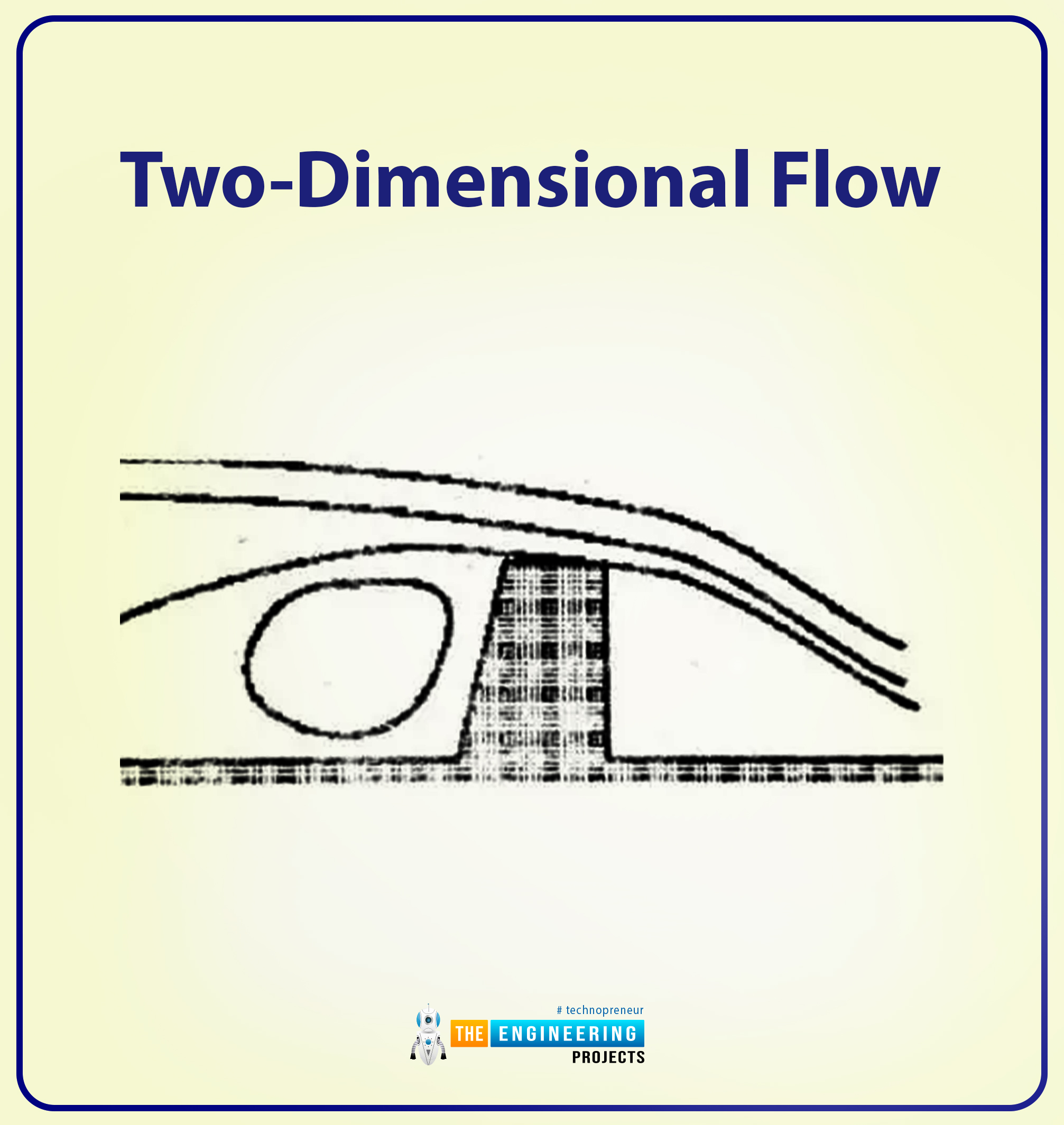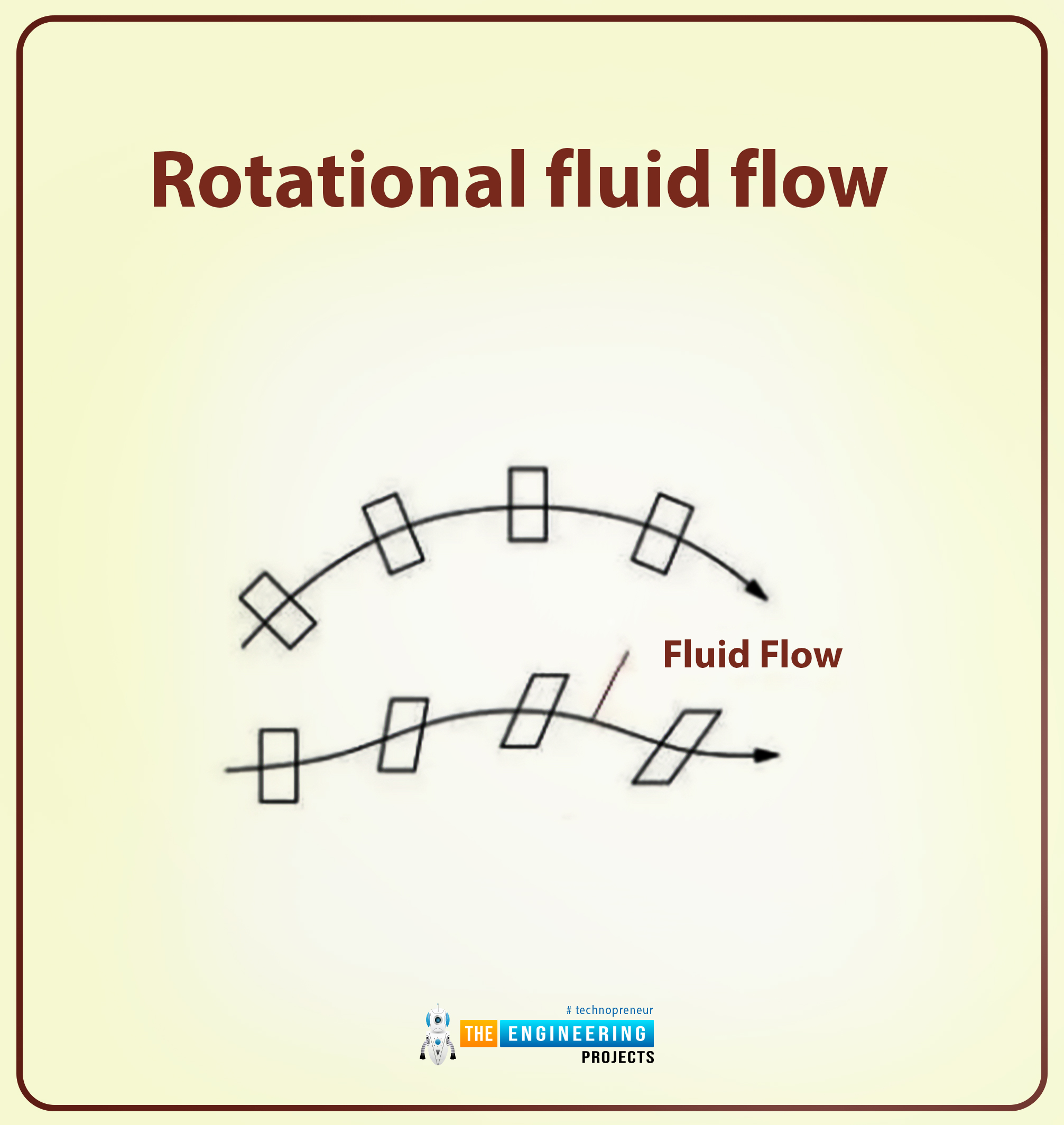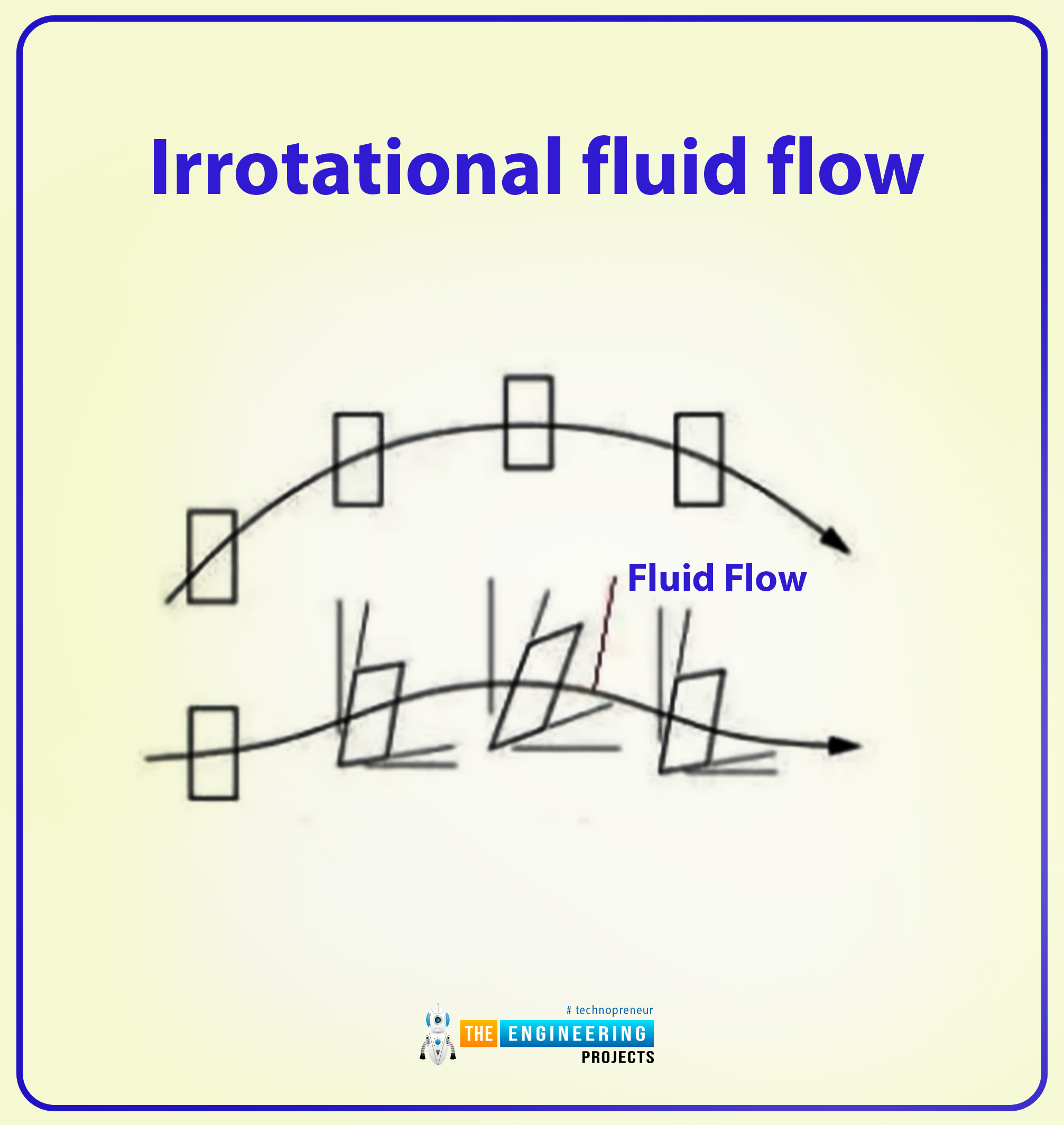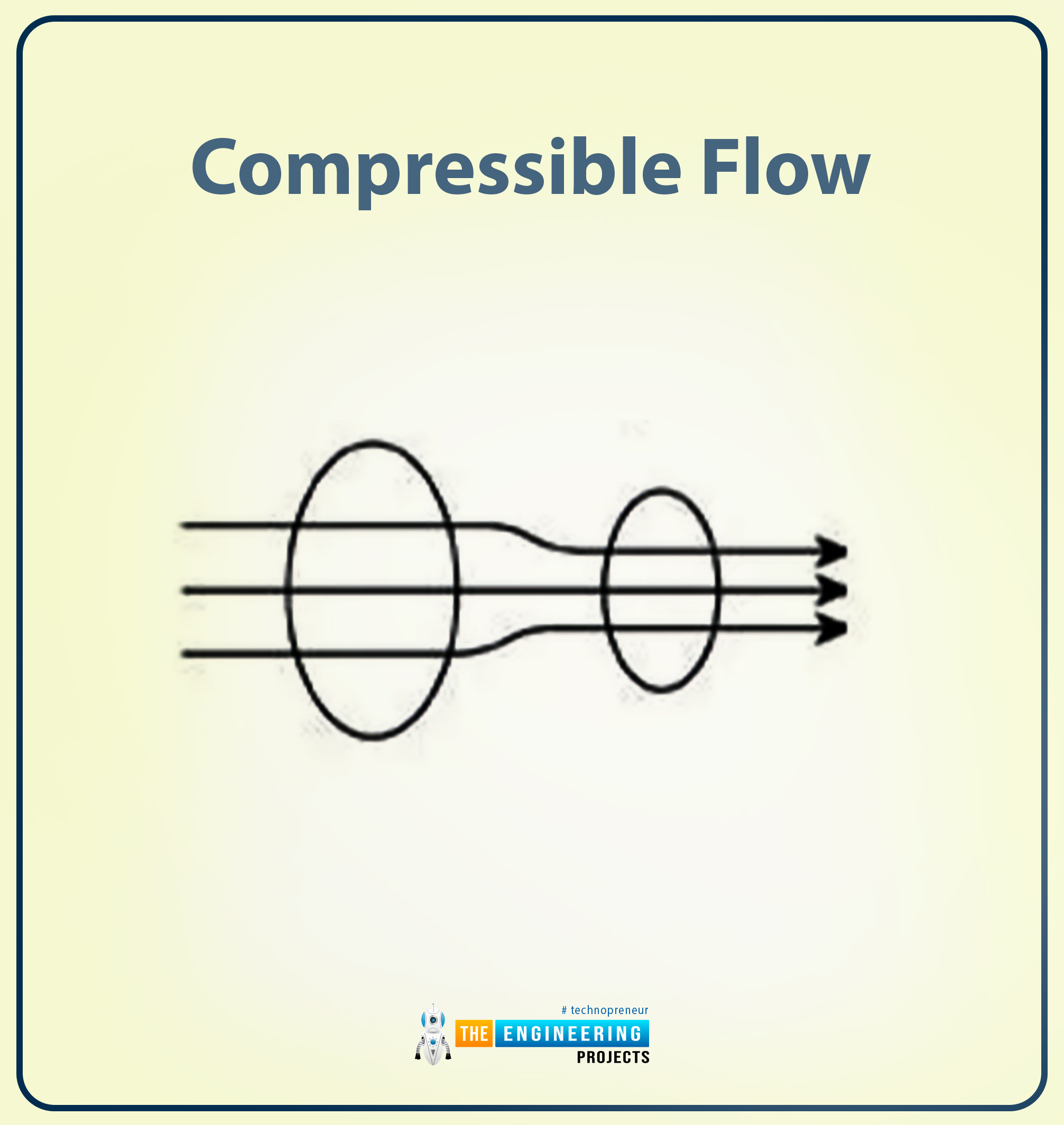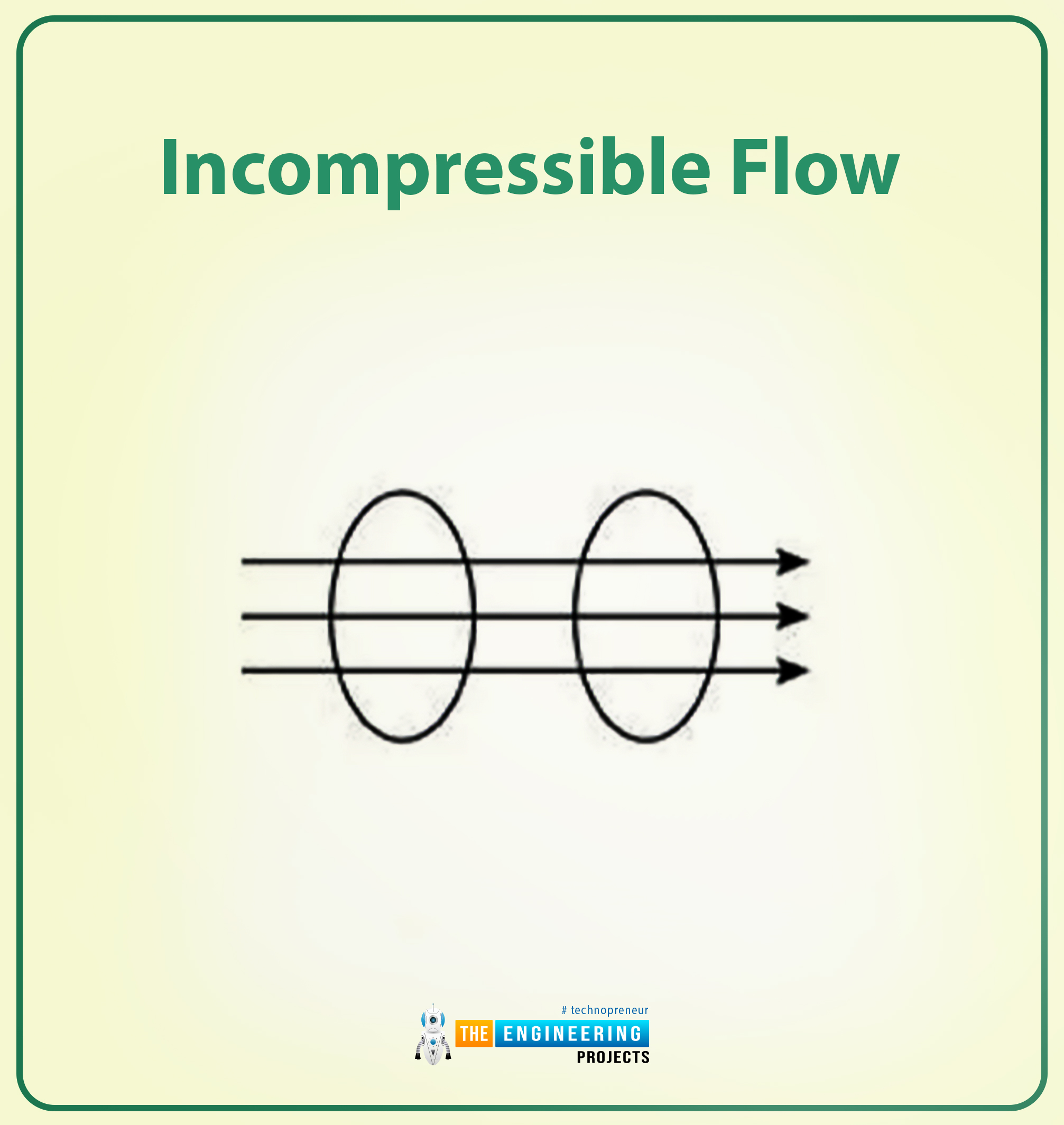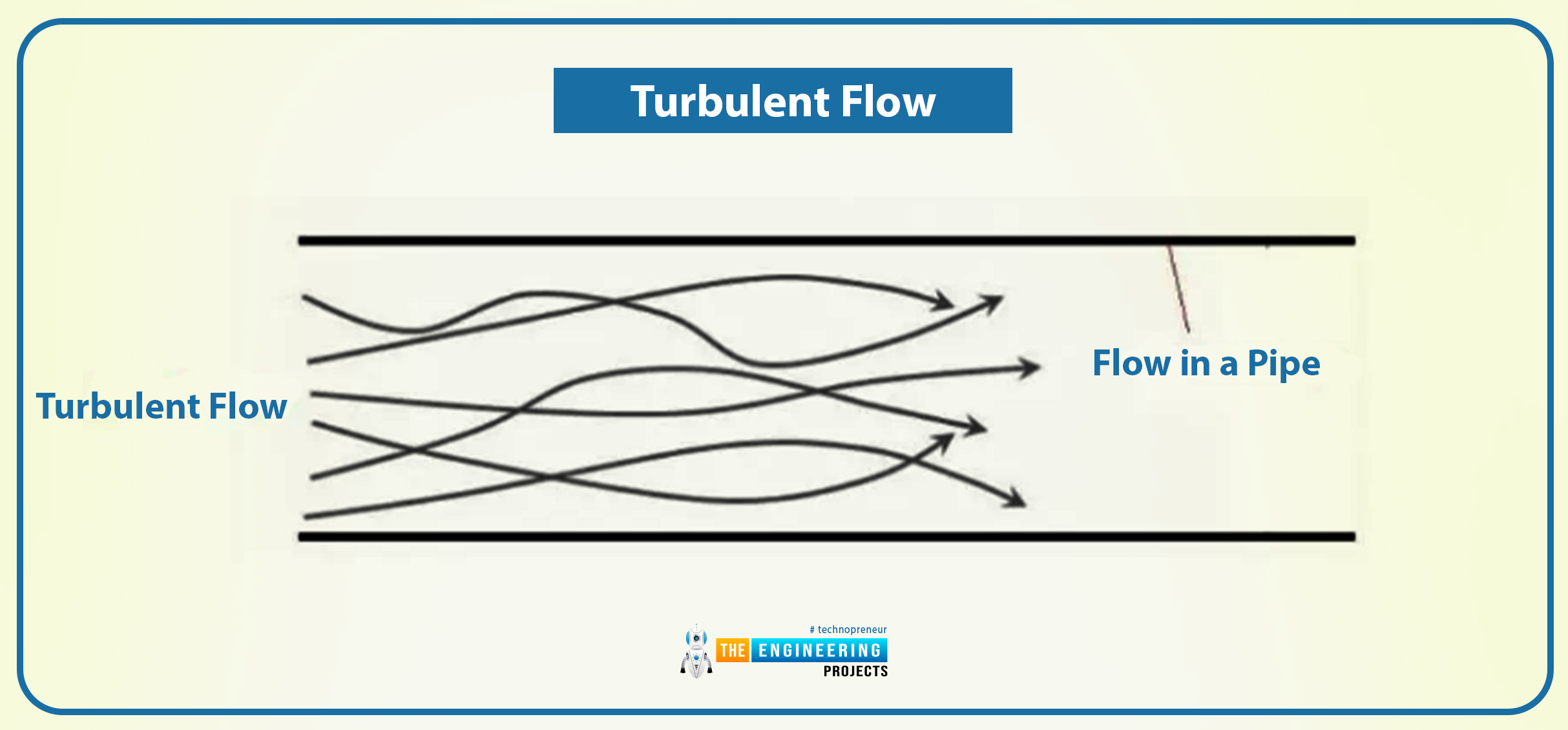
Hello Friends. I hope you are doing great. Here I am with another exciting topic of fluid mechanics, i.e. flow over bodies. In this article, I will explain the flow of fluids, the flow rate, their nature, the flow in pipes and much more. Fluid mechanics is all related to the fluid and its nature. I will discuss the forces that are on the body that is immersed in a fluid and the flow that is over the body. As the title shows, the main emphasis will be on the lift and drag forces. Moreover, the external and the internal flow will also be discussed in this article. And I am sure that you will enjoy reading this article. So without wasting any time, let us start.
I will start with an introduction to fluid flows.
Introduction
In this article, our focus will be the fluid flow over the bodies immersed in the fluid. There are six different types of flows, and they are named as follows:
Steady and Unsteady Flow
Uniform and Non-Uniform Flow
One, two and three-dimensional Flow
Rotational or Irrotational Flow
Laminar and Turbulent Flow
Compressible and Incompressible Flow
Before discussing them extensively, I will briefly explain the external flow.
External Flow
Let me explain the external flow in critical points:
We will take two situations. The first situation says that the body is at rest, and the fluid flow moves over it, and the second one says that the body is moving through some quiescent fluid.
For example:
If you look around, there are building standing still, and the wind is blowing over the building. This is the case when the body is stationary
The second condition is that the car is moving through the air.
So now, these are two different scenarios, but the main thing that matters is the relative motion of the fluid and the body. So, such motions are analysed by fixing the coordinate system on the body, called External Flow or Flow over the body.
Now moving towards the six types of flows, let us start explaining them one by one.
Steady and Unsteady Fluid Flow
Steady Flow
The definition of the steady flow is as follows:
The steady flow is where pressure, velocity, and cross-section differ from one point to another, and it does not change with time.
Some of the essential key point about the steady flow is as follows:
There are changes in the flow, but the change is so small that one particular parameter remains constant for a fixed period. But we can say that it is an ideal case because, in the actual case, there are very few chances that the parameters can remain constant.
Unsteady Flow
The definition of the unsteady flow is as follows:
Changes in parameters at some stage can make the floe unstable. In practical cases, there is always a change in values of pressure and velocity values. Average values are constant; then, the flow is constant.
Some of the essential key point about the unsteady flow is as follows:
The unstable flow is said to be uniform and non-uniform both.
In the case of uniform flow, the cross-sectional area of fluid flow through the stream is said to be constant.
Uniform and Uniform Flow
Uniform Flow
The definition of the uniform flow is as follows:
The distance along the flow path is constant then the flow parameter is also said to be constant. The fluid flow is called uniform flow.
Some of the essential key points about the uniform flow are as follows:
The cross-sectional area in the case of uniform flow is constant.
One of the best examples of uniform flow is the flow through the pipeline.
Non-Uniform Flow
The definition of the non-uniform flow is as follows:
The non-uniform fluid flow is due to the variations in the flow parameters, varying at different points on the flow path.
Some of the essential key points about the non-uniform flow are as follows:
It is evident, as the names show, that the parameters do not remain constant. A change in velocity can be observed; ultimately, the flow is also said to be non-uniform.
In practical cases, the flow near the solid boundary is said to be a non-uniform flow.
One, two and three-dimensional Fluid flow
The term has three types of fluid flows.
One-dimensional Flow
Starting the one-dimensional flow its definition is as follows:
The flow that travels in one dimension and changes parameters such as pressure, velocity, depth etc., in one flow direction only is said to be one-dimensional flow.
Some of the essential key points about the one-dimensional flow are as follows:
The change in parameters in one direction at a given moment is considered a one-dimensional flow.
There are many chances that the flow can be unstable if the parameter alters in time, but it is still not across the cross-section.
Two-dimensional Flow
The definition of the two-dimensional flow is as follows:
The flow parameters differ in the flow direction, and in one direction in the right angles, the flow is then said to be two-dimensional flow.
Some of the essential key points about the two-dimensional flow are as follows:
Toto elaborates on the two-dimensional flow; following diagram explains the flow well. Have a look at it.
The flow is either in the x direction or y. there is no change in the z-direction.
In two-dimensional flow, streamlines are usually curved in one plane and the same on every parallel plane.
Three-dimensional Flow
The definition of the three dimensional flow:
The element of the fluid moves in three dimensions (translation, rate of deformation and rotation) in space. Such a kind is called the three-dimensional flow.
Some of the important key points related to the three-dimensional flow is as follows:
The following is the diagram that shows the three-dimensional flow:
Rotational and Irrotational Fluid Flow
Let us start with the rotational flow:
Rotational Fluid Flow
The definition of the rotational flow is as follows:
The flow in which the fluid particles rotate on their axis while along the flow line is called the rotational fluid flow.
Irrotational Fluid Flow
The definition of fluid flow is as follows:
The flow in which fluid particles do not rotate in their own axis when theyw along the flow lines.
The visual representation of both flows is as follows;
The following is the diagram that shows the rotational fluid flow:
The following diagram shows the irrotational fluid flow:
Laminar and Turbulent fluid flow
Let us start with laminar flow
Laminar Flow
The definition of the laminar flow is as follows:
The flow in which fluid particles move in a well define path and the streamlines straight and parallel. Such kind of flow is called laminar flow.
Some of the important key point related to the laminar flow is as follows:
The pictorial representation of the laminar flow is as follows:
Turbulent Flow
The definition of the turbulent flow is as follows:
The flow in which the fluid particles do not move in a well define path and it lead to high energy losses throughout.
Some of the important key point related to the turbulent flow is as follows:
The pictorial representation of the turbulent flow is as follows:
Compressible and Incompressible Fluid Flow
Compressible Fluid Flow
The definition of the compressible fluid flow is as follows:
The flow in which the density of fluid varies from one point to another point (not constant) is called the compressible flow.
The pictorial representation of the compressible flow is as follows:
Incompressible Flow
The definition of incompressible flow is as follows:
The flow in which the density of the fluid flow is constant is said to be incompressible flow.
The pictorial representation of the incompressible flow is as follows:
That is all from the types of fluid flow. Now, we will move towards the main topic, i.e. lift and drag. Let us start.



